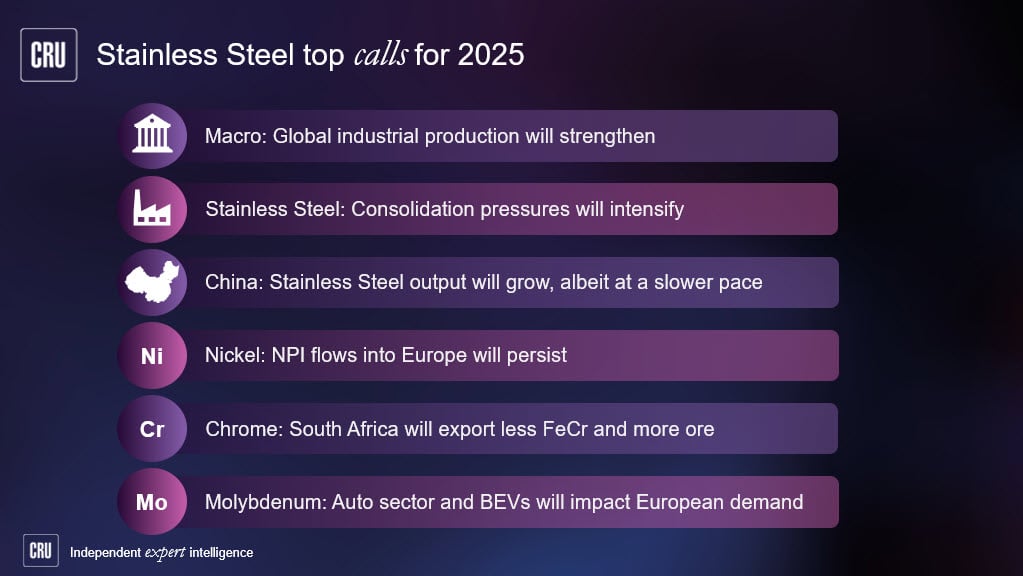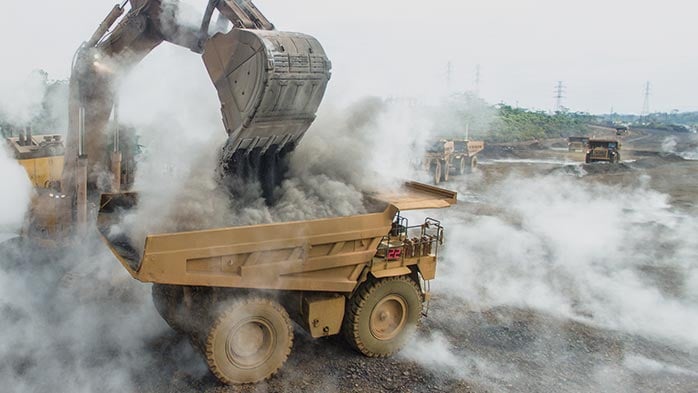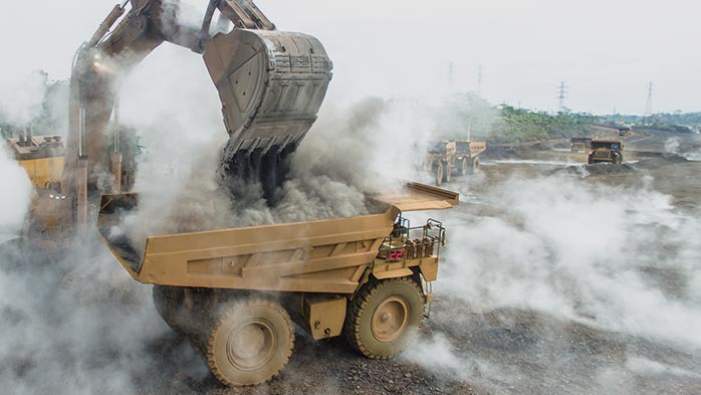There has been a definite change in sentiment in the nickel market over the past few months. News of Philippine mine suspensions and a switch to deficit have helped lift sentiment. Back in early February of this year the LME 3-month nickel price had fallen to multi-year lows of below $8,000/t. Since then prices have registered their first q/q increase in Q3 for almost two years.
The market has shifted into deficit this year supported by strong demand and supply cuts. This year has been marked by a rebound in Chinese nickel demand, which is forecast to rise by 7.1%. This is based on strong growth in stainless production, which is heading for a 10% y/y increase to 23.7m tonnes this year. Nickel-intensive 300-series stainless steel is projected to rise by over 9% this year.
On the supply side, Chinese NPI is forecast to drop to 355,000 tonnes this year. This is down from a high of over 500,000 tonnes back in 2013. The Indonesian ore ban and a shift to using lower-ore grade from the Philippines has lowered NPI output. Meanwhile, production curtailments outside of China have largely offset incremental output from projects which are still in commissioning stage. The biggest contributor to supply is coming from the commissioning of NPI capacity in Indonesia. As a consequence, global supply is expected to fall for the second consecutive year.
As detailed in our latest Nickel Market Outlook, we see the deficits continuing out to 2021 as supply growth fails to match demand. The deficits become larger from 2020 and thus we assume that some of the idled capacity returns to the market. The current low price environment has stifled investment in new capacity and this could prove to be a bottleneck for the industry in the long-term. But how much new capacity is required to meet demand in the long-run and at what price?
In order to assess this CRU has developed a model to forecast nickel demand, supply and prices over the long term. CRU's nickel market outlook provides forecasts over a five-year (medium-term) horizon. These forecasts are attempts to predict cyclical changes within a feasible range. However, over the longer term it is impossible to predict cyclical change, and a different methodology must be used.
As the accompanying chart shows, the supply gap equals 555,000 tonnes by 2035. Assuming an average utilisation for the industry of 86%, this means an additional 646,000 tonnes of nickel capacity is required by 2035 to meet long-term demand growth.
The question now is at what price? In determining this we have looked at the likely origin of new supply and cost of different processing routes. In particular, using our nickel cost model we have calculated full economic costs for the main types of operation as specified by their corresponding technology. Full economic costs are the sum of business costs (operating cash costs, plus sustaining and working capital, plus costs of moving product to market, minus credits for by-products) and the cost of ensuring a return on capital. This helps us to identify the price required to meet long-term demand.

















